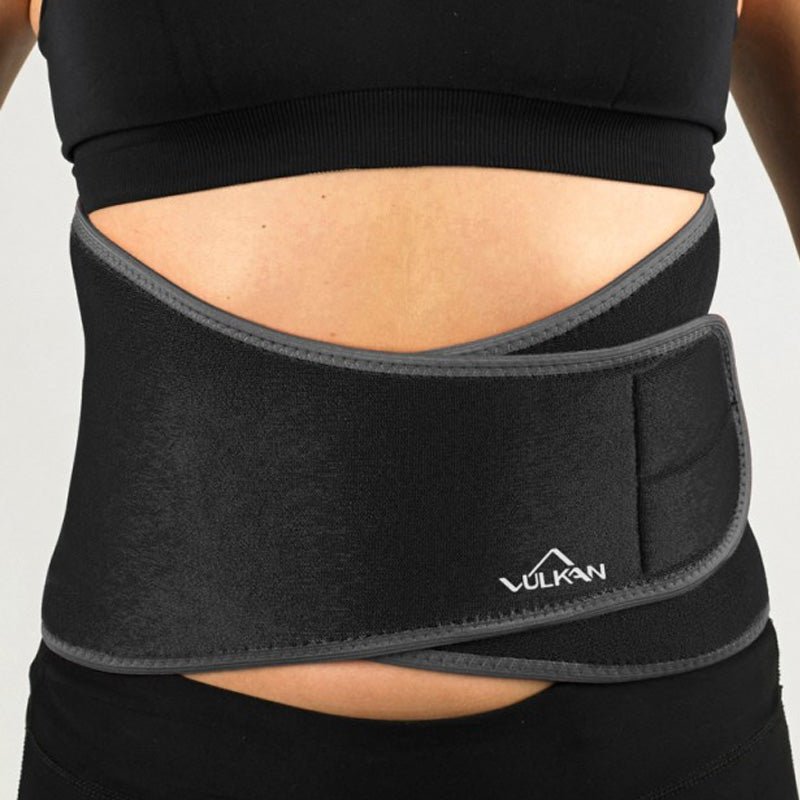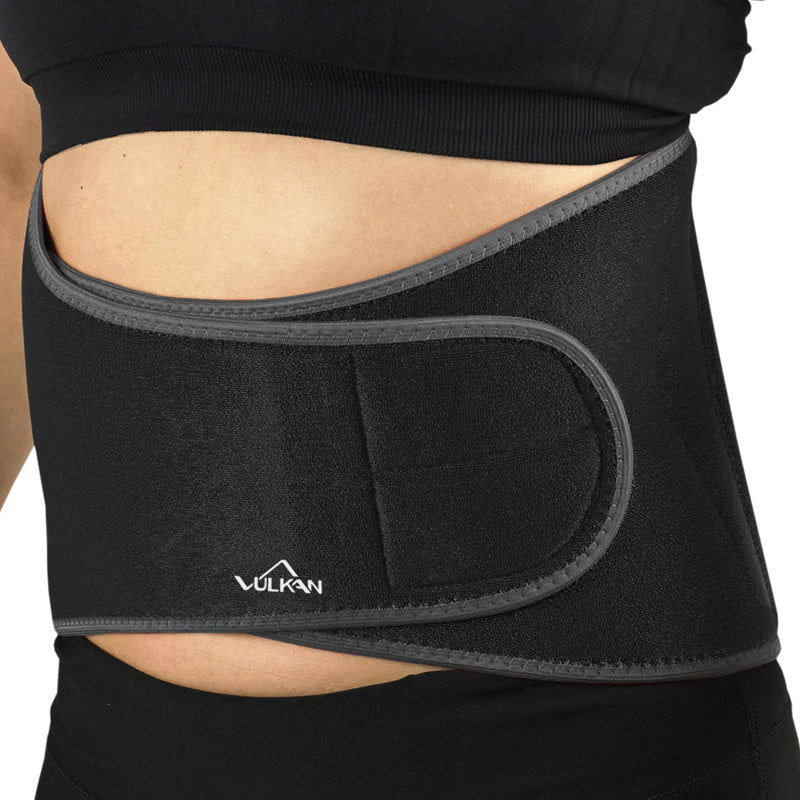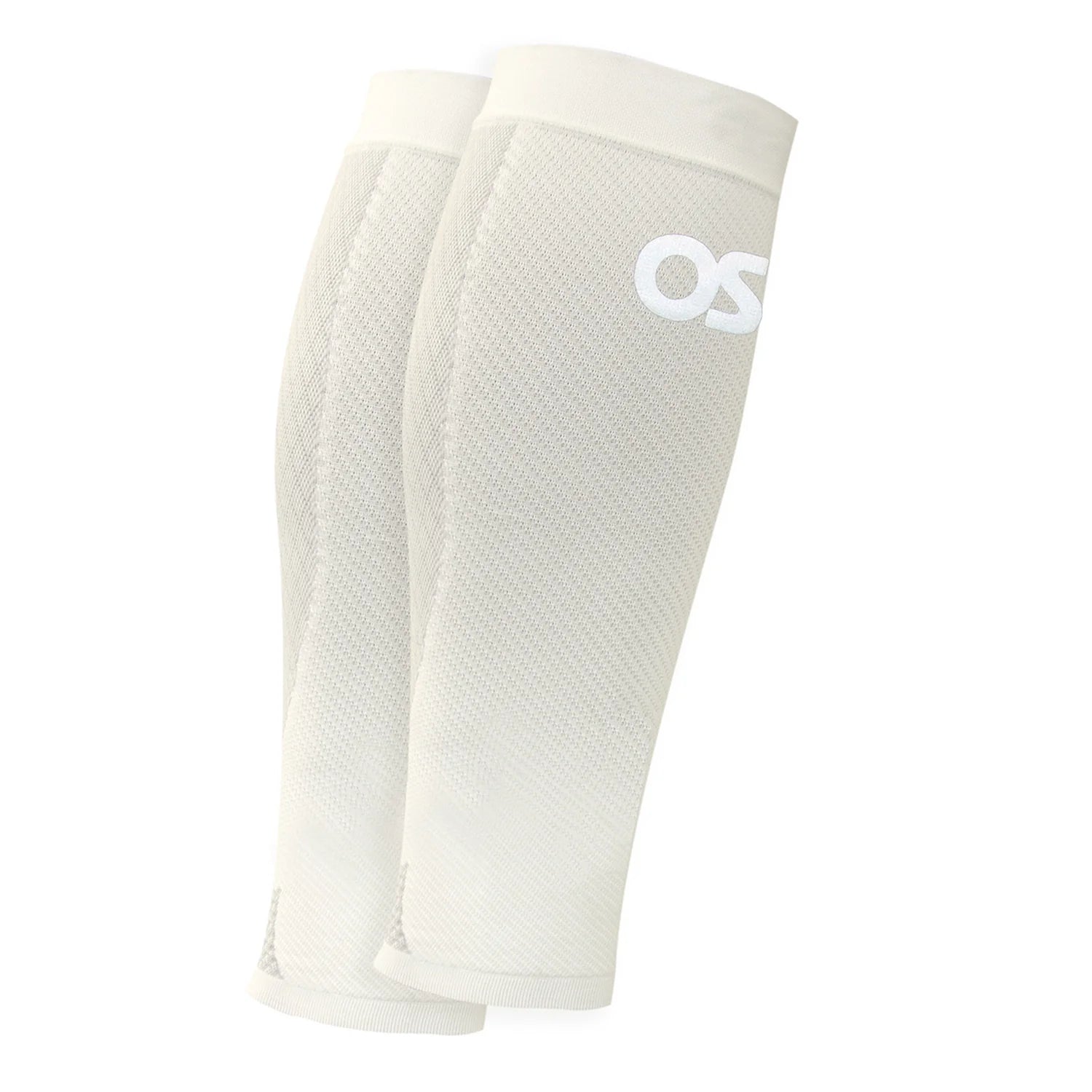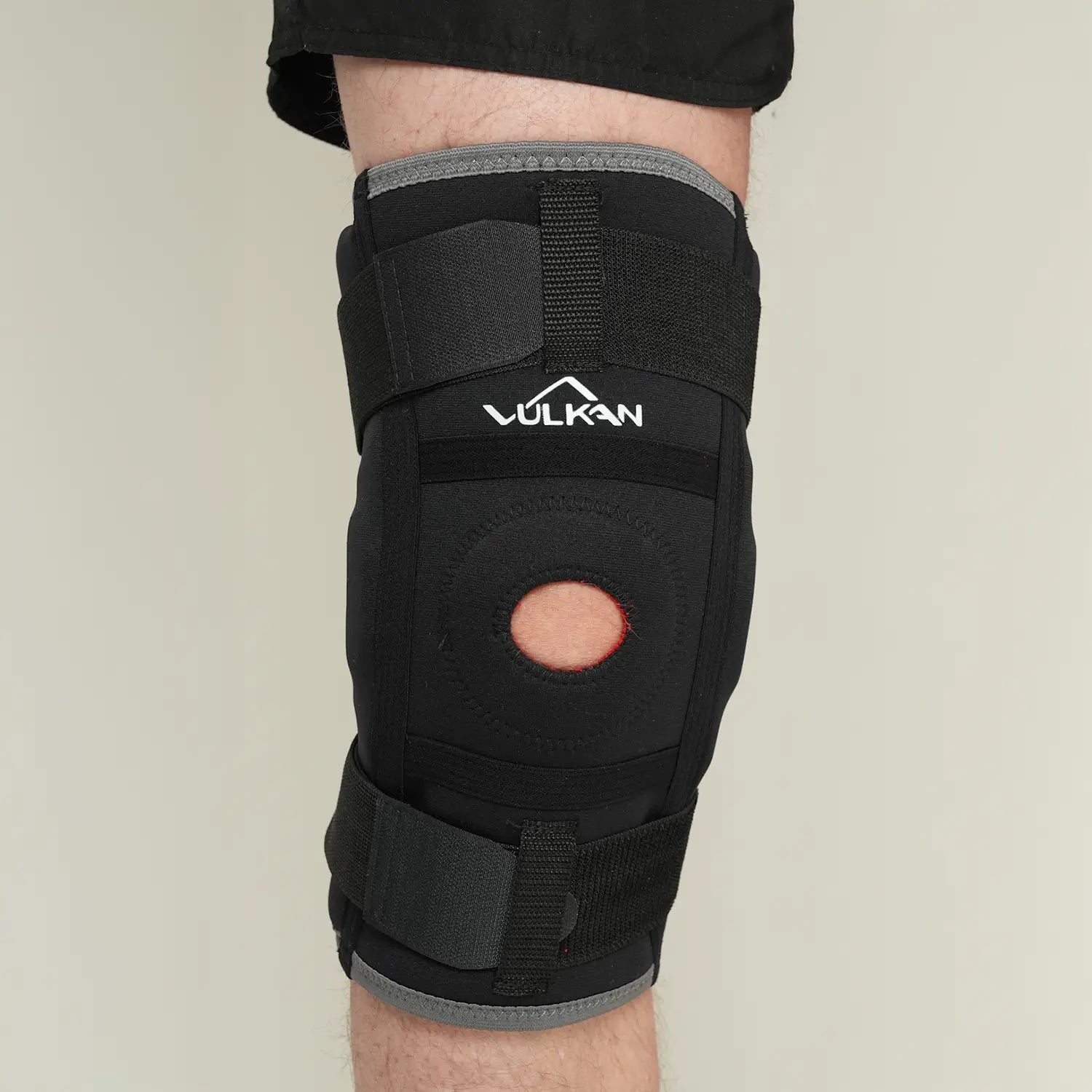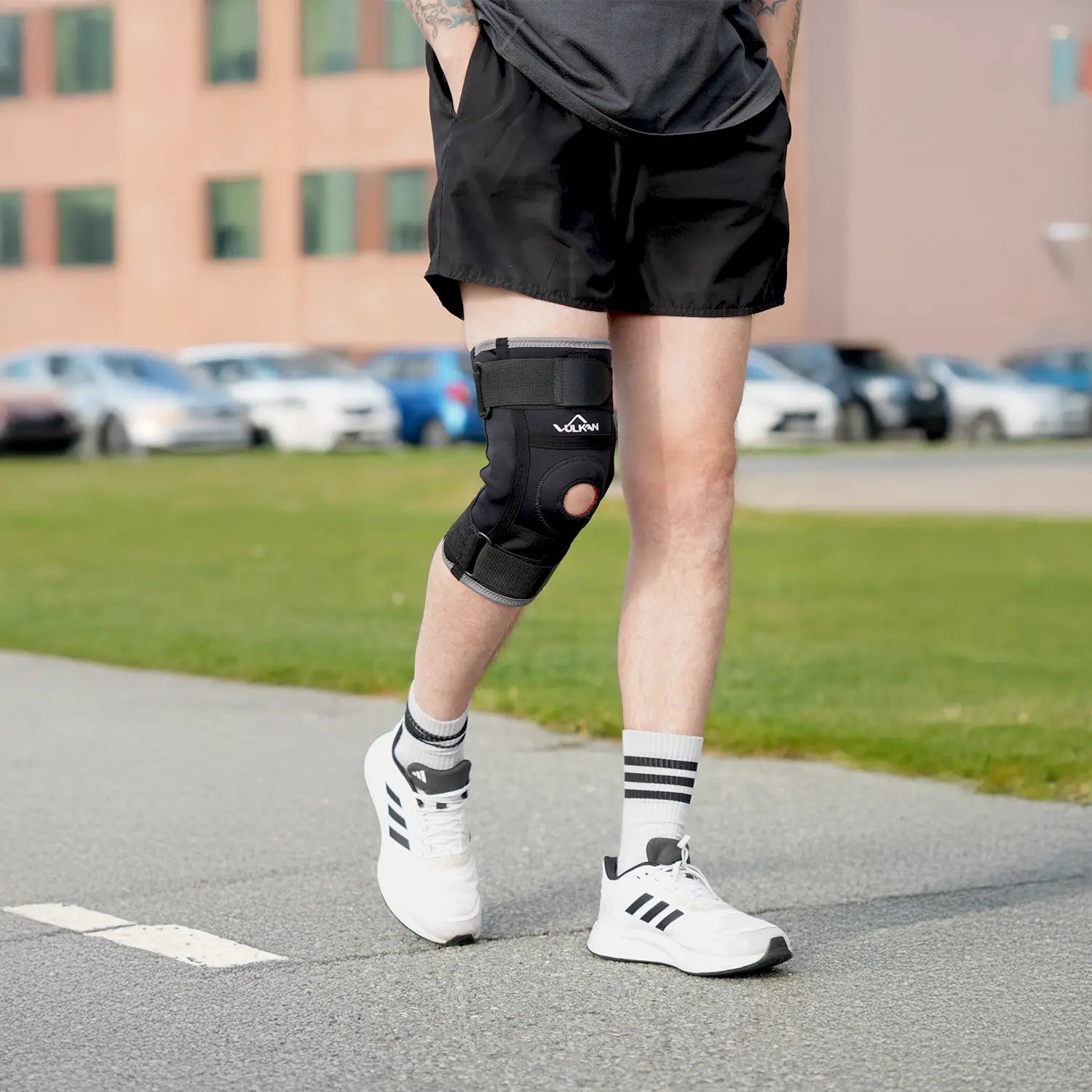
Lower back pain
Table of contents
Low back pain is a common condition that affects a large portion of the population at some point in their lives. The lower back, the lumbar spine, is a central part of the body's musculoskeletal system and is subjected to daily stress. The pain can range from mild and temporary to intense and long-lasting, affecting quality of life and the ability to perform everyday activities.
Symptoms of lower back pain
Common symptoms include:
- Aching or sharp pain in the lower back
- Stiffness and reduced mobility in the lower back
- Pain that worsens with sitting, standing, or physical activity
- Pain that radiates down the buttock or leg
- Difficulty bending forward or standing up
Causes of lower back pain
Low back pain can have many causes. A common cause is muscle strain or overexertion due to heavy lifting, sudden movements, or poor posture. Herniated discs, where a disc between the vertebrae bulges out and presses on nerves, can also cause low back pain. Other causes include osteoarthritis, where the cartilage in the joints breaks down, and inflammation in the joints or muscles. Psychological factors such as stress and anxiety can also contribute to or worsen the pain.
Treatment of low back pain
Treatment for low back pain depends on the cause and severity of the pain. For most people, pain is relieved with self-care and physical activity. It is important to avoid prolonged rest, as this can weaken the back muscles and prolong recovery time. Instead, light activities such as walking and stretching are recommended. Painkillers, such as paracetamol or anti-inflammatory drugs, can be used to relieve pain. If necessary, physiotherapy, chiropractic or naprapathy can be effective treatment methods. In rare cases, where conservative treatments do not help, surgery may be considered.
Preventive measures
To prevent lower back pain, it is important to maintain good posture and regularly exercise your back and abdominal muscles. Avoid heavy lifting and learn to lift properly, by bending your knees and keeping your back straight. Ergonomic workstations and regular breaks from sedentary work can also reduce the risk of lower back pain. Managing stress and getting enough sleep are additional factors that can contribute to a healthy back.
When should you seek medical attention?
You should contact your healthcare provider if your lower back pain is intense, does not improve with self-care within a few weeks, or if you experience numbness, weakness in your legs, or bladder or bowel problems. These symptoms may indicate a more serious condition that requires medical evaluation.
Recommended products
Can I exercise with lower back pain?
Yes, light exercise and movement within the pain threshold are recommended to speed up recovery.
How long does it take to recover from low back pain?
Recovery time varies depending on the cause of the pain. Mild conditions may improve within a few days, while more serious conditions may take several weeks or longer to heal.
Is lower back pain dangerous?
Lower back pain is usually harmless and goes away with proper self-care. However, if symptoms are severe or do not improve, you should seek medical attention.
Can low back pain recur?
Yes, without preventive measures such as exercise and good posture, the pain can return.






